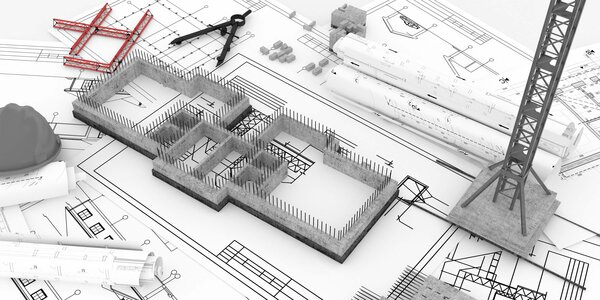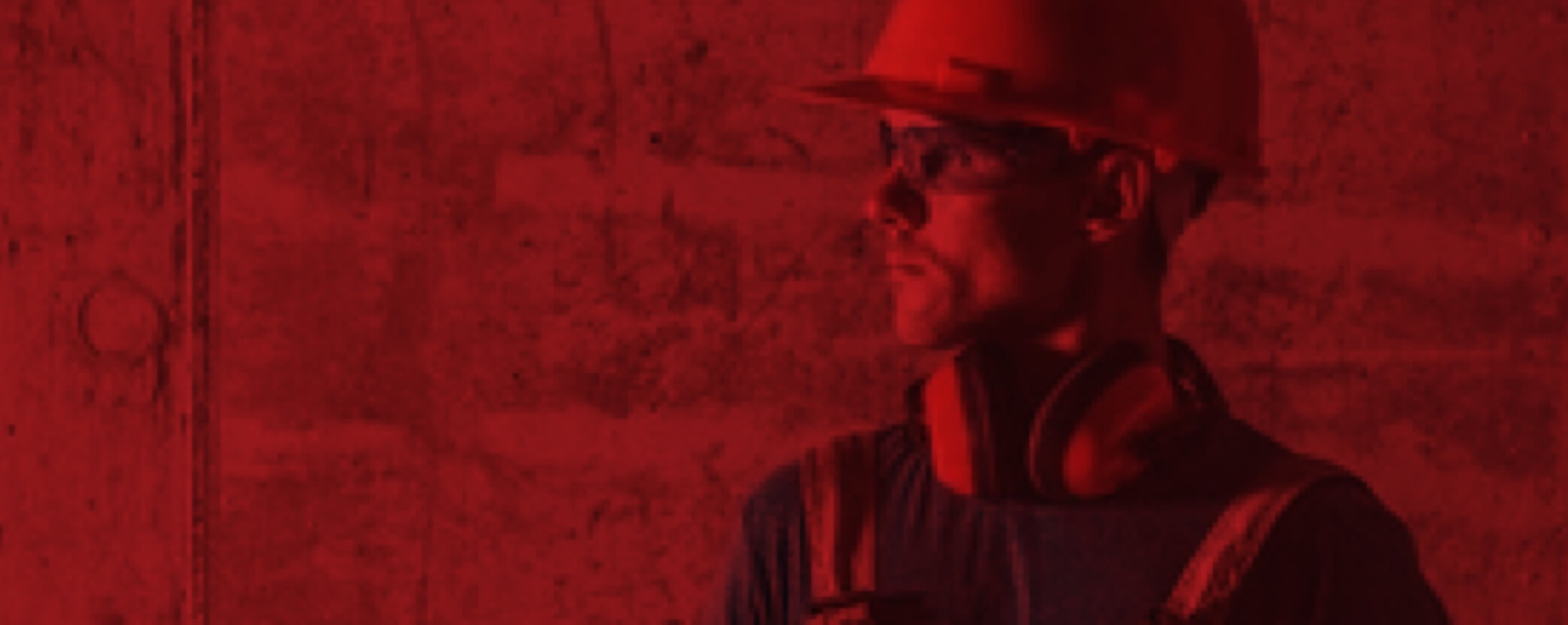
Frequently asked questions
Frequently asked questions
Of course, we want to provide the best possible support in the use of our products and offer quick and efficient solutions to questions. That is why we have compiled the frequently asked questions about our products in a clear and descriptive manner. We are happy to answer all questions on general, technical or even specific topics on this page. If your question is not listed here, please feel free to contact our application engineers via the contact form or via our info hotline. We are happy to help and are always working to improve our service.
Injection mortar, also called composite mortar, is an installation mortar based on synthetic resin and consists of two components. The mortar is packaged in a cartridge and is squeezed out with a squeeze gun. With injection mortar, do-it-yourselfers are also able to install load-bearing attachments such as an awning. In applications with injection systems, special care must be taken to clean the borehole. Please refer to the relevant installation instructions.
Screening sleeves are used in hollow or perforated bricks. An application without sieve sleeve is not possible in perforated bricks.
Each threaded rod has certain sieve sleeves. The ratio of the diameters must be observed.
An M 8 or M 10 threaded rod requires sieve sleeves with a diameter of 16 mm, while a sieve sleeve with a diameter of 20 mm is suitable for M 12 and M16.
In addition, the sieve sleeves are available in different lengths.
The mortar is suitable in any case. However, the prerequisites must be met! Anchor diameter, prepare drill hole accordingly, etc.
Note that modern thermal insulation blocks in particular cannot carry the required bearing loads of large awnings.
An anchoring in the concrete floor slab is recommended here.
Rebar is a post-installed reinforcement connection.
Both in new construction and in the renovation of existing buildings, new concrete structures can thus be concreted to existing ones.
It functions like a building component after completion.
Heavy-duty anchors work on a similar principle to conventional anchors. They expand in a hole in the concrete and are thus clamped in place (frictional or frictional connection).
The biggest difference is that a heavy-duty anchor does not use deformable plastic parts, but a mechanical construction made of metal.
As a result, the heavy-duty anchor can be tightened with a much greater torque and can subsequently take very high loads.
Our BA & BA Pro Wedge Anchors are galvanized. The two variants BA A4 and BA A4 Pro are made of stainless steel and thus approved for outdoor use.
Yes. The BA & BA A4 Wedge Anchors have a European Technical Assessment Option 7 (non-cracked concrete). BA Pro & BA Pro A4 models have a European Technical Assessment Option 1 (non-cracked and cracked concrete).
The CF Multi mounting adhesive is perfectly suited for elastic bonding on all common substrates, even slightly damp ones. In many cases, it is a real alternative to the drill.
verything from glass to metal, tiles, plaster, concrete, plastic, polystyrene, cork and PVC can be bonded. Adhesive bonds in car bodies, caravans and containers are just as much a part of its field of application as structural bonding of safety glass.
In addition to bonding applications indoors & outdoors, however, it is also ideally suited as a sealant in the sanitary sector or for air conditioning systems.
First of all, as much adhesive as possible should be cut away with a knife. Then remove the remaining adhesive residue with a mild solvent.
It can be used for sealing old, as well as for the insertion of new caravan windows.
This can be done without any problems. The rail should be clean, dry, dust and grease free.
It is also possible to attach wooden skirting boards with this product.
SDS plus stands for a special drill shaft system, for percussive and rotary drills and rotary hammers. In this plug-in system, the drill shaft is provided with special grooves that ensure better power transmission. In contrast to other plug-in systems, the SDS drill shaft enables a tool-free and quick change of drill bits.
Yes. Drills from CHEMOFAST are suitable for drilling in aerated concrete & sand-lime brick, reinforced concrete, granite & marble and masonry and perforated brick. When drilling in masonry and perforated brick, do not drill with impact! When hitting the reinforcement (steel) lying in the concrete, the force on the hammer drill must be reduced, The drill bit can then work its way through the reinforcement. Please note that destroying the reinforcement can have an effect on the statics of the supporting structure. If in doubt, please consult a structural engineer.




